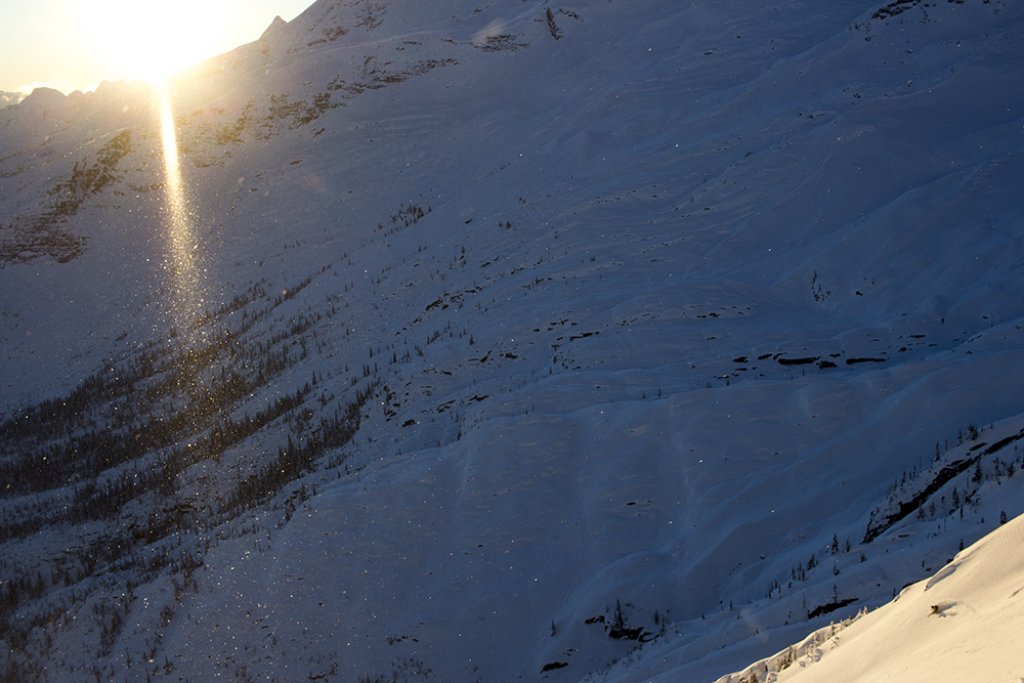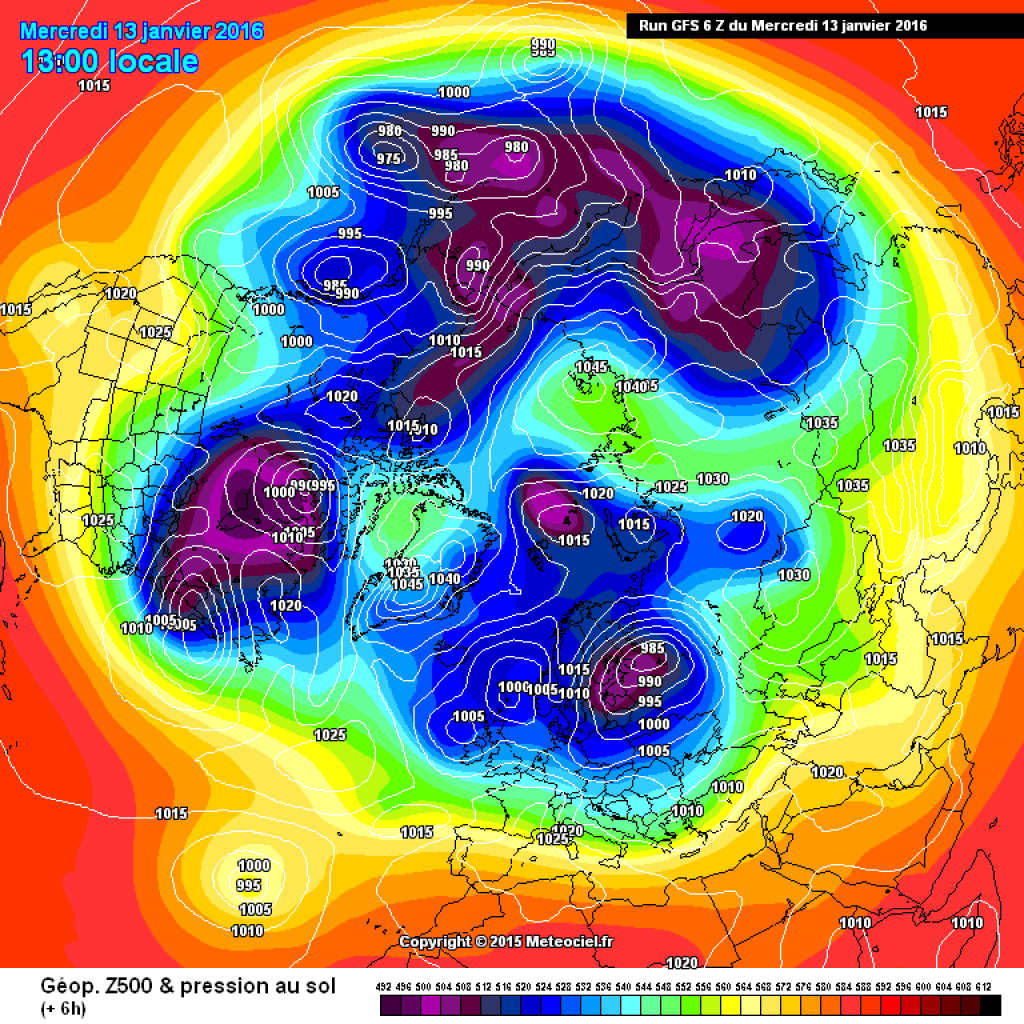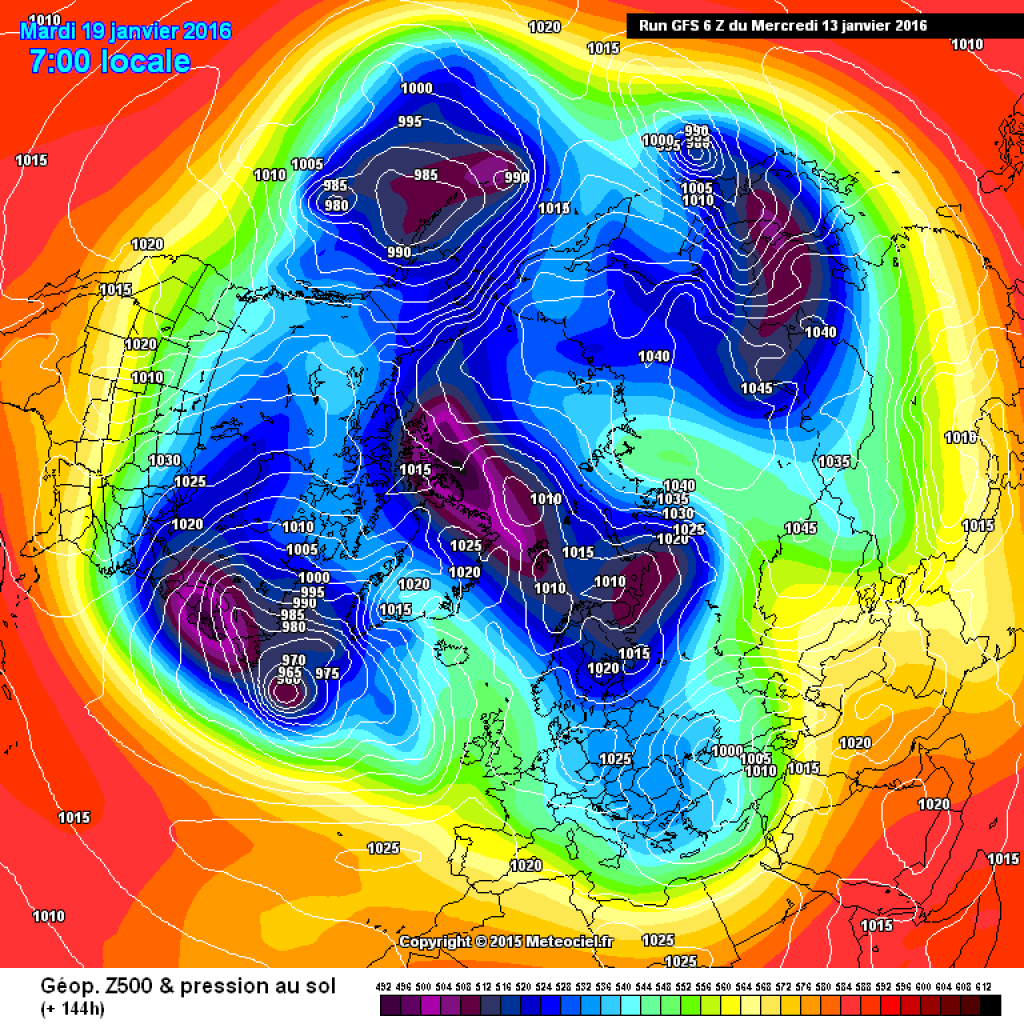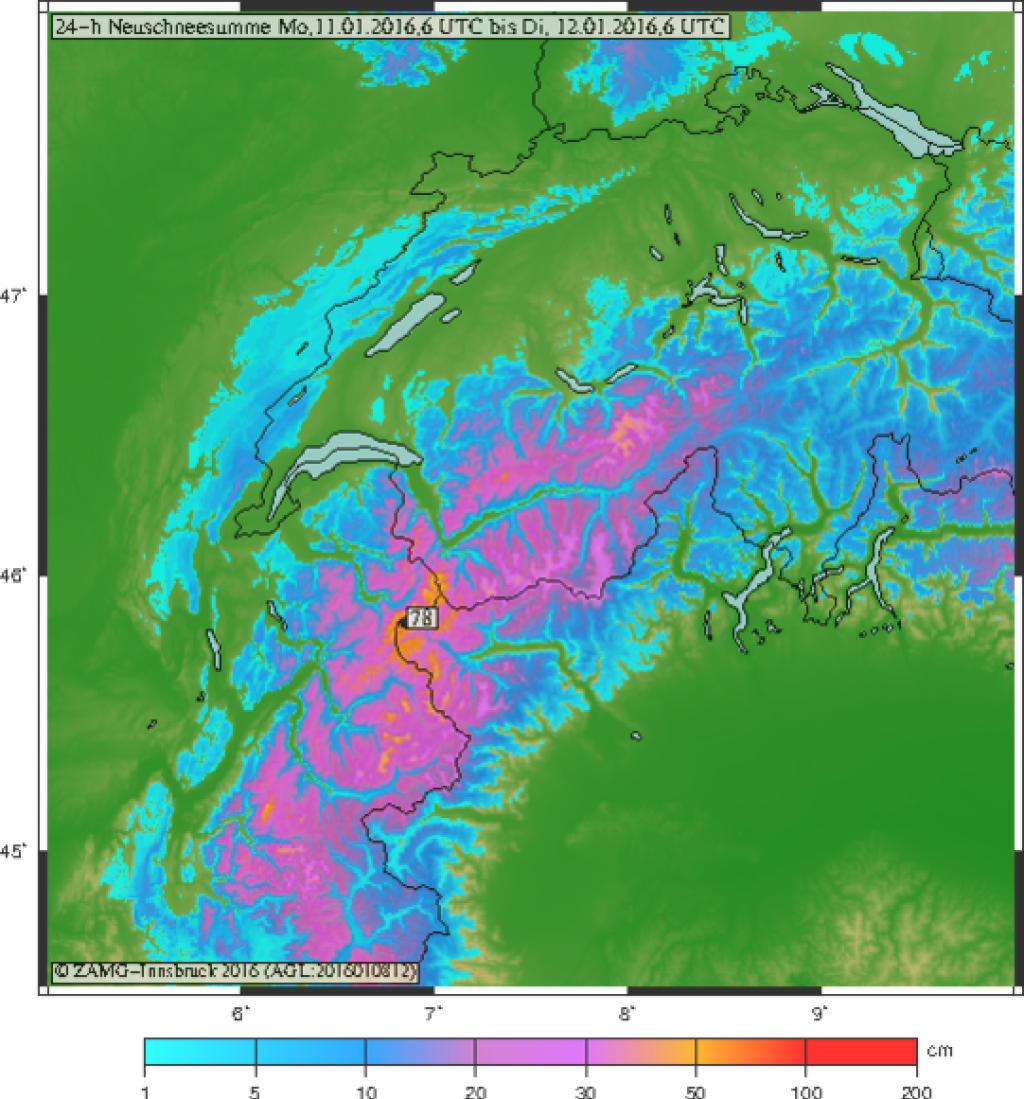Nowadays, people like to complain about the inaccuracy of weather forecasts, but we are a huge step ahead when we consider that in 1869, 1914 ships capsized on the Great Lakes in the USA alone. Not knowing the maximum wind speeds a storm will reach is one thing. Noticing the storm because the sky suddenly darkens while you are sailing somewhere is something else. Due to the considerable number of shipwrecks, there was a kind of wreck recycling industry around the Great Lakes at the time. Their lobby was, for a time at least, powerful enough to severely hamper the first institutional attempts at weather forecasting.
Mark Twain began a novel in 1892 by announcing that there would be no weather in it. The weather, both as a topic of conversation and as a stylistic device in writing, tends towards the opposing extremes of utter banality ("Nice weather today!"") and unspeakable melodrama ("Cold whip makes Germany tremble, snow bomb threatens") and he therefore considered it unsuitable for literature. With the rise of meteorological understanding at the end of the 19th century, people increasingly refrained from using metaphorically angry clouds. Heat became less merciless and the skies no longer wept so often.






